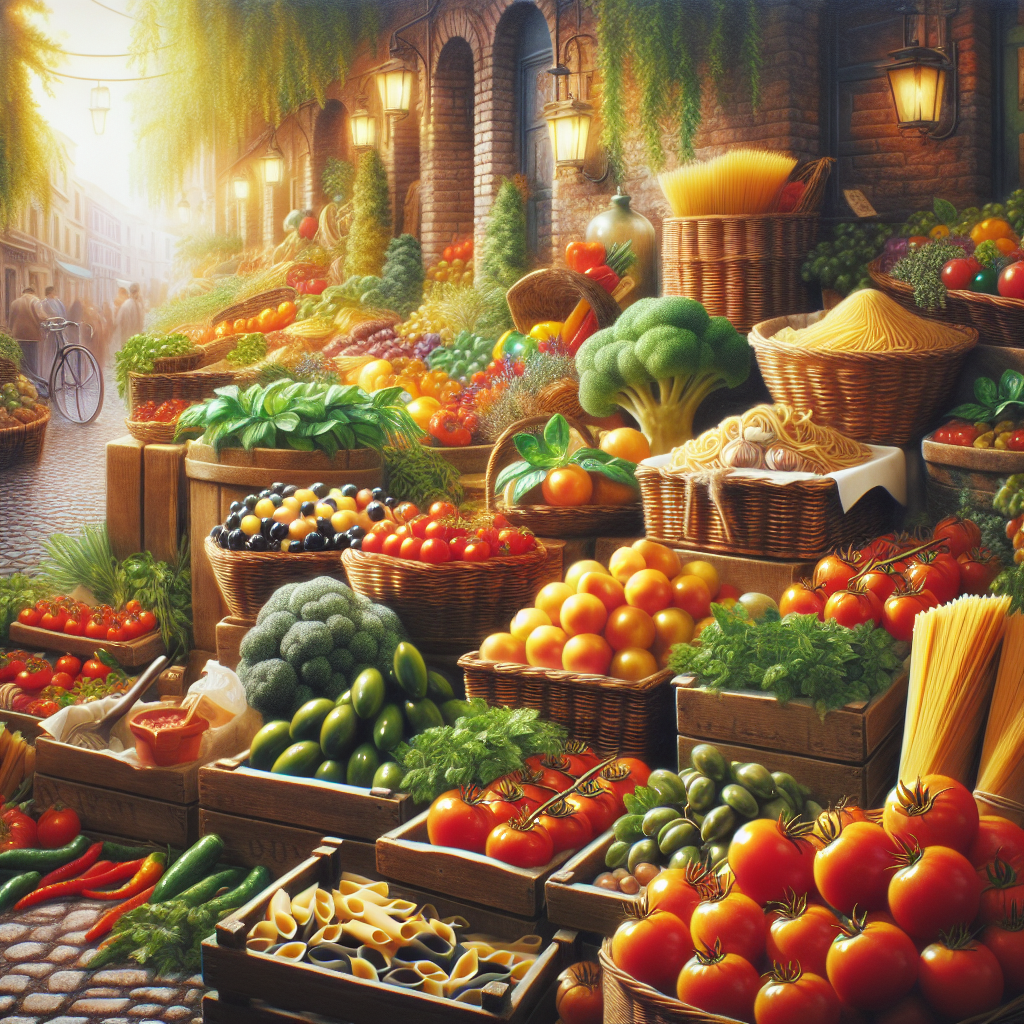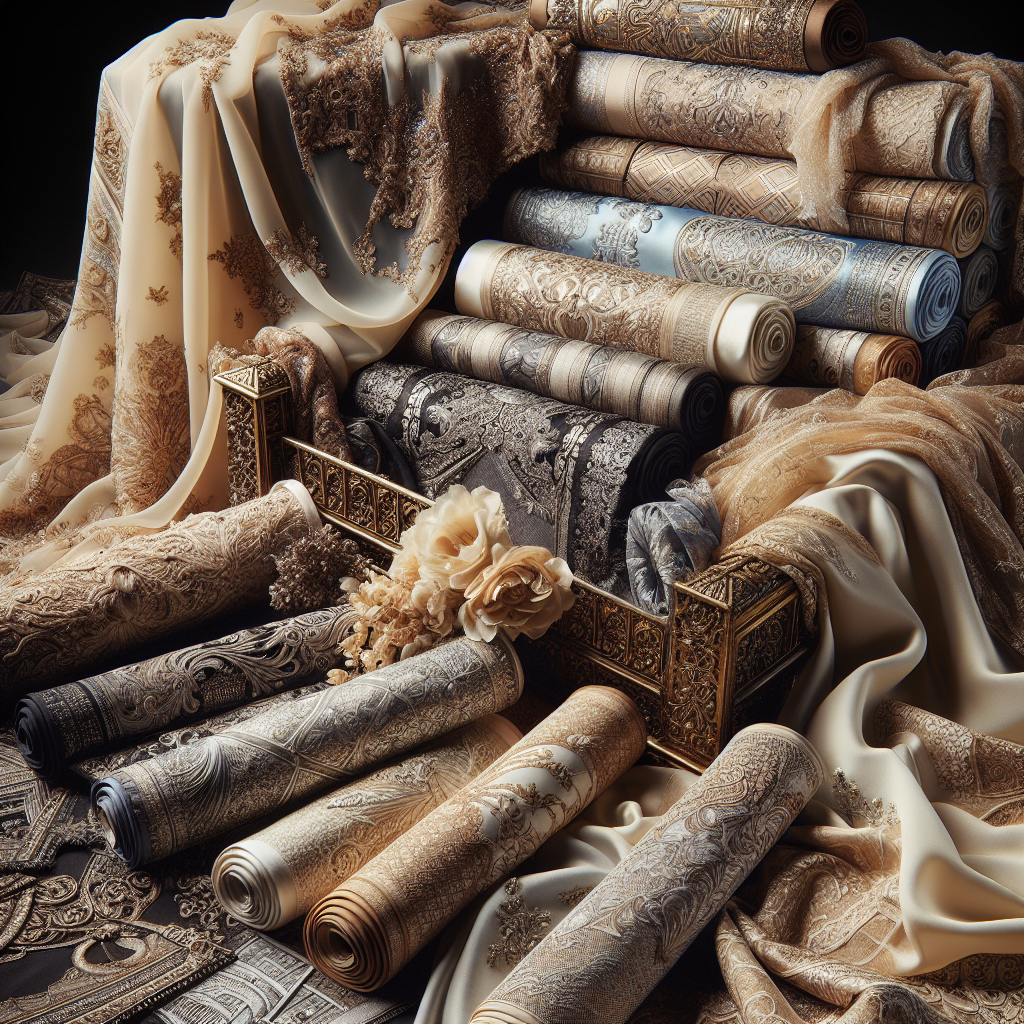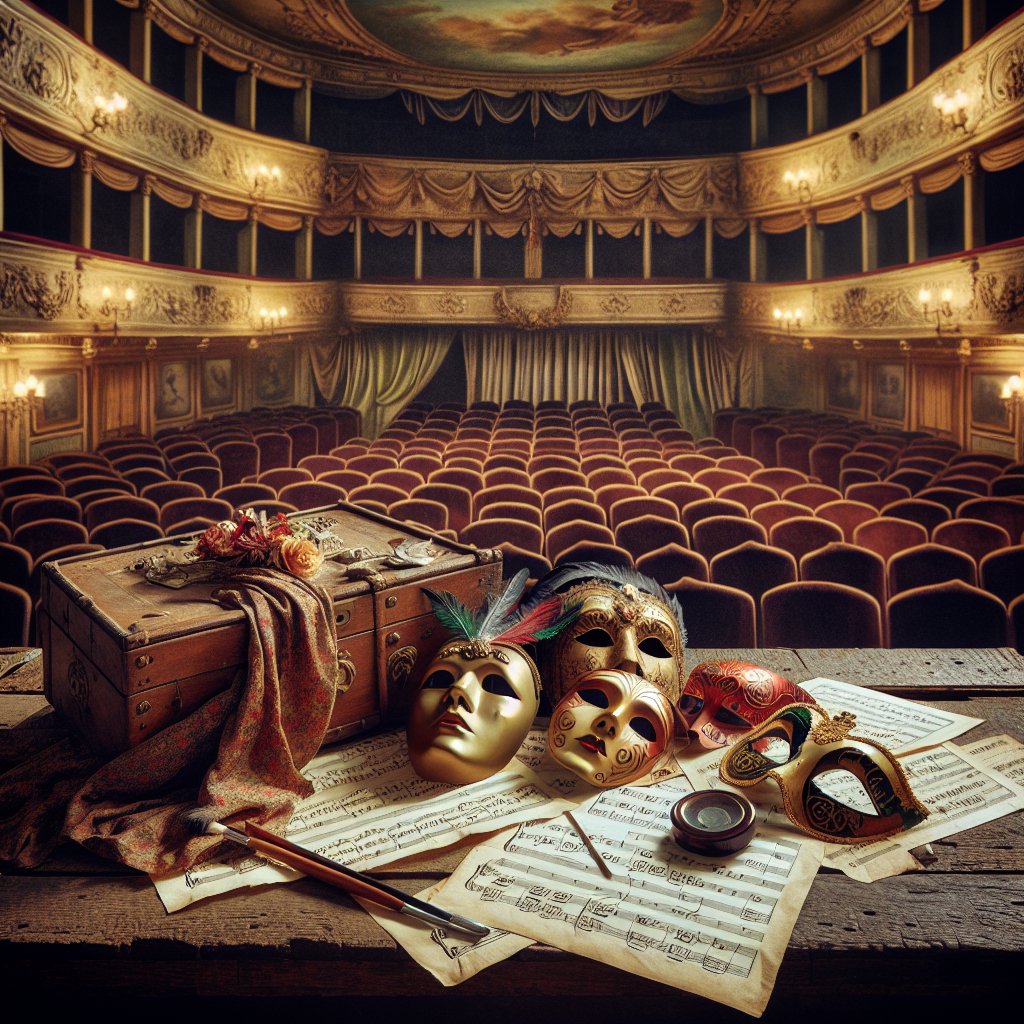Traveling to Italy in the 1900s would take you to a world where culture and history intertwine with a society undergoing dramatic change. Walk through the bustling streets and markets, experiencing the traditions that have shaped Italy’s global reputation for exceptional cuisine, fashion, and the arts. Yet beneath this inviting surface lies a sociopolitical undercurrent, marked by the rise of Fascism, shifts in social dynamics, and the pervasive influence of the Catholic Church. Your journey through this era would reveal not only Italy’s enduring legacies but also its historical complexities.
Culinary Adventures
As you explore Italy’s culinary landscape, you’ll find markets filled with traditional dishes that define Italian cuisine. According to Capatti and Montanari in “Italian Cuisine: A Cultural History,” these flavors are historically important, showing a variety that has evolved over centuries. Tasting authentic Italian food is an immersion in a sensory experience; dining is a communal affair where meals are made from fresh, quality ingredients. The Slow Food movement of later years gets its roots from these practices that celebrate local produce and time-honored cooking methods.


Fashion Through the Ages
During your exploration of Italy’s fashion history, you’ll recognize the craftsmanship and luxury that are hallmarks of Italian style. Paulicelli’s “Italian Style: Fashion & Film from Early Cinema to the Digital Age” provides insights into how fashion in the 1920s laid the groundwork for today’s globally recognized brands. You would see how vintage aesthetics have influenced modern designs as you admired garments with meticulous attention to detail—a confirmation of Italy’s long tradition of artisanship. This journey through fashion would reveal how early Italian fashion houses like Gucci and Prada began shaping an industry synonymous with elegance and sophistication.


Entertainment and Cultural Enrichment
Italy’s operatic and theatrical traditions would offer an engaging experience for any visitor familiar with these art forms. Street performances still captivate audiences, continuing a practice of public entertainment that spans centuries. The emergence of cinema during this period showcased Italy’s role in film—an innovation that has endured over time. These cultural events draw parallels with present-day festivities, demonstrating lasting appeal that connects past and present.

Experiencing Tradition
The global spread of Italian cuisine ensures that many dishes found on this historical voyage might taste familiar now—pizza, pasta, risotto—all reflecting Italy’s established culinary reputation. Similarly, Italy’s influence on modern fashion is undeniable; it was at the forefront of style trends now celebrated worldwide. Entertainment too—from operas to street performances—would be instantly recognizable due to their universal appeal.
Confronting Change


However, navigating this era wouldn’t be without its challenges; class hierarchies were pronounced with rigid divisions between social strata—a stark contrast from today’s more fluid class systems. Living under Mussolini’s dictatorship meant heavy censorship and strict governance as detailed by Cassels in “Mussolini’s Early Diplomacy.” The unfamiliarity with such stringent laws and societal control would be unsettling when compared to contemporary democratic freedoms.
Traveling back to Italy in the 1900s presents a dual experience: one where comfort can be found in cultural offerings reminiscent of today mixed with confronting starkly different social norms and political conditions unique to that time period. This journey underscores not only what has endured but also serves as a reminder of history’s lessons—a reminder of Italy’s rich yet complex heritage.
References:
- Capatti, A., & Montanari M., (2003). “Italian Cuisine: A Cultural History.” Columbia University Press.
- Cassels A., (1970). “Mussolini’s Early Diplomacy.” Princeton University Press.
- Paulicelli E., (2016). “Italian Style: Fashion & Film from Early Cinema to the Digital Age.” Bloomsbury Academic.

